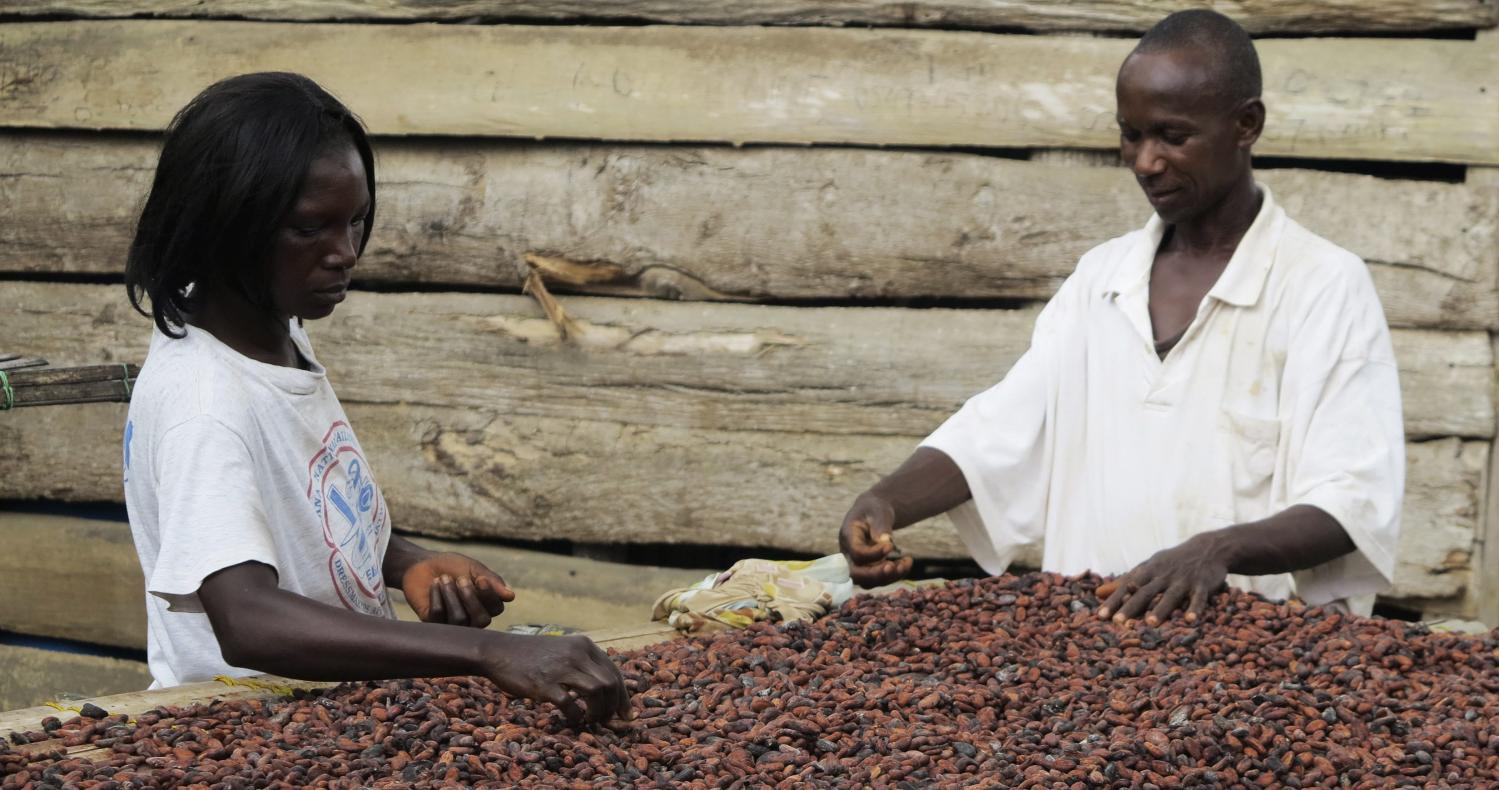Ghana attained middle-income status after rebasing its National Accounts, pushing per capita gross domestic product (GDP) of the country above $1,000 in 2007. After recovering from economic recession in 1984 on account of the Bretton Woods sponsored economic reform introduced at that time, Ghana’s growth has been remarkably strong, with its lowest economic growth of 3.3 percent recorded in 1994. The country’s growth rate reached its peak of 15 percent in 2011 on the back of the commencement of commercial production of oil, making it one of the fastest growing economies globally during that year. This has translated into increased per capita income, which reached a high of about $1,900 in 2013.
The concern, however, has been the ability of the country to sustain this growth momentum given the level and quality of education and skills, and, more importantly, the failure of this strong growth performance to be translated into the creation of productive and decent jobs, improved incomes and livelihoods. The structure of the economy remains highly informal, with a shift in the country’s national output composition from agriculture to low-value service activities in the informal sector. The commencement of commercial production of oil raised the share of the industrial sector in national output. However, the continuous decline in manufacturing value added undermines Ghana’s economic transformation effort to promote high and secure incomes and improve the livelihoods of the people.
Structural change towards higher value added sectors, and upgrading of technologies in existing sectors, is expected to allow for better conditions of work, better jobs, and higher wages. But the low level and quality of human resources not only diverts the economy from its structural transformation path of development but also makes it difficult for the benefits of growth to be spread through the creation of gainful and productive employment. Thus, productive structural economic transformation hinges on the level and quality of education and labor skills. A highly skilled, innovative and knowledgeable workforce constitutes a key ingredient in the process of structural economic transformation, and as productive sectors apply more complex production technologies and research and development activities increase the demand for education and skills. However, the observed weak human capital base does not provide a strong foundation for structural economic transformation of Ghana.
Ghana’s employment growth lags behind economic growth, with an estimated employment elasticity of output of 0.47, suggesting that every 1 percent of annual economic growth yields 0.47 percent growth of total employment.
There is also widespread concern about the quality of the country’s growth in terms of employment and inequality, as well as general improvement in the livelihood of the people (see Alagidede et al. 2013; Aryeetey et al. 2014; Baah-Boateng 2013). A key indicator for measuring the extent to which macroeconomic growth results in gains in the welfare of the citizenry is the quality of jobs that the economy generates. Ghana’s employment growth lags behind economic growth, with an estimated employment elasticity of output of 0.47 (see Baah-Boateng 2013), suggesting that every 1 percent of annual economic growth yields 0.47 percent growth of total employment. Besides the slow rate of job creation is the dominance of vulnerable employment and the working poverty rate in the labor market. In 2010, 7 out of 10 jobs were estimated to be vulnerable while only 1 out of 5 jobs could be considered as productive jobs that meet the standard of decent work (Baah-Boateng and Ewusi 2013). Workers in vulnerable employment tend to lack formal work arrangements as well as elements associated with decent employment such as adequate social security and recourse to effective social dialogue mechanisms (Sparreboom and Baah-Boateng 2011). The working poverty rate remains a challenge with one out of every five persons employed belonging to poor households.
The article seeks to provide an analytical assessment of Ghana’s economic growth as one of Africa’s growth giants over a period of more than two decades and the implication for labour
market and livelihood outcomes. Growth of labor productivity at the national and sectoral level is examined, as well as the sectoral contribution to aggregate productivity growth. The article also analyses the effect of growth on employment and the employment-poverty linkage in terms of elasticity within the growth-employment-poverty nexus in Ghana. It also delves into a discussion of the constraints on growth and productive employment from both demand and supply perspectives, and identifies skills gaps and the opportunities offered in the country, which has experienced strong growth performance. The article has five sections, with an overview of Ghana’s economic growth performance in Section 2, after this introductory section. This is followed by an overview of the developments in the labor market, specifically in the area of employment, unemployment, poverty, and inequality in Ghana in Section 3. The growth-employment-poverty linkage analysis is carried out in Section 4 followed by a discussion of constraints to growth and employment generation in Section 5. Section 6 provides a summary and conclusion, with some policy suggestions for the future.





